Whether you’re a die-hard Audrey Hepburn fan or new to her oeuvre, here’s a list of some of her best films that are certainly worth a watch (or re-watch).
Almost everyone has heard the name of the late and great Audrey Hepburn at least once in their lives. If there’s anything that cinephiles and fashionistas can agree on, it’s that the actress was undoubtedly one of the most unique voices in both the world of film and couture. She possessed a quiet elegance and charm that lent a timeless, almost magical quality to her films, regardless of her role in them.
READ ALSO: Celebrating A Legendary Life: Sean And Emma Hepburn Ferrer Launch ‘Intimate Audrey’ In Manila
Standing the Test of Time
My own encounter with Hepburn’s work started in early high school. I found an old DVD of 1964’s My Fair Lady and watched the film out of sheer curiosity. The story itself is a fairly simple one, but Hepburn transformed it into an experience. Her charisma left an indelible impression on me, keeping me captivated from start to finish.

I quickly consumed many more of her works, and so began my understanding of why so many people loved and admired her. No matter what role she played, Hepburn felt like a friend—a glamorous one, yes, but never in a way that was ostentatious. Something about her felt reachable, or down-to-earth—even if she was acting as a socialite or princess.
The Transformative Audrey
While Audrey played many larger-than-life characters, their problems were as relatable and mundane as anyone else’s. In films like Sabrina, Funny Face, and My Fair Lady, Hepburn simply plays a regular woman who, by some stroke of fate and plenty of hard work, ends up becoming so much more. Many of her stories are ones about inner transformation, a change that ultimately shifts the way she views herself and the world—oftentimes for the better.
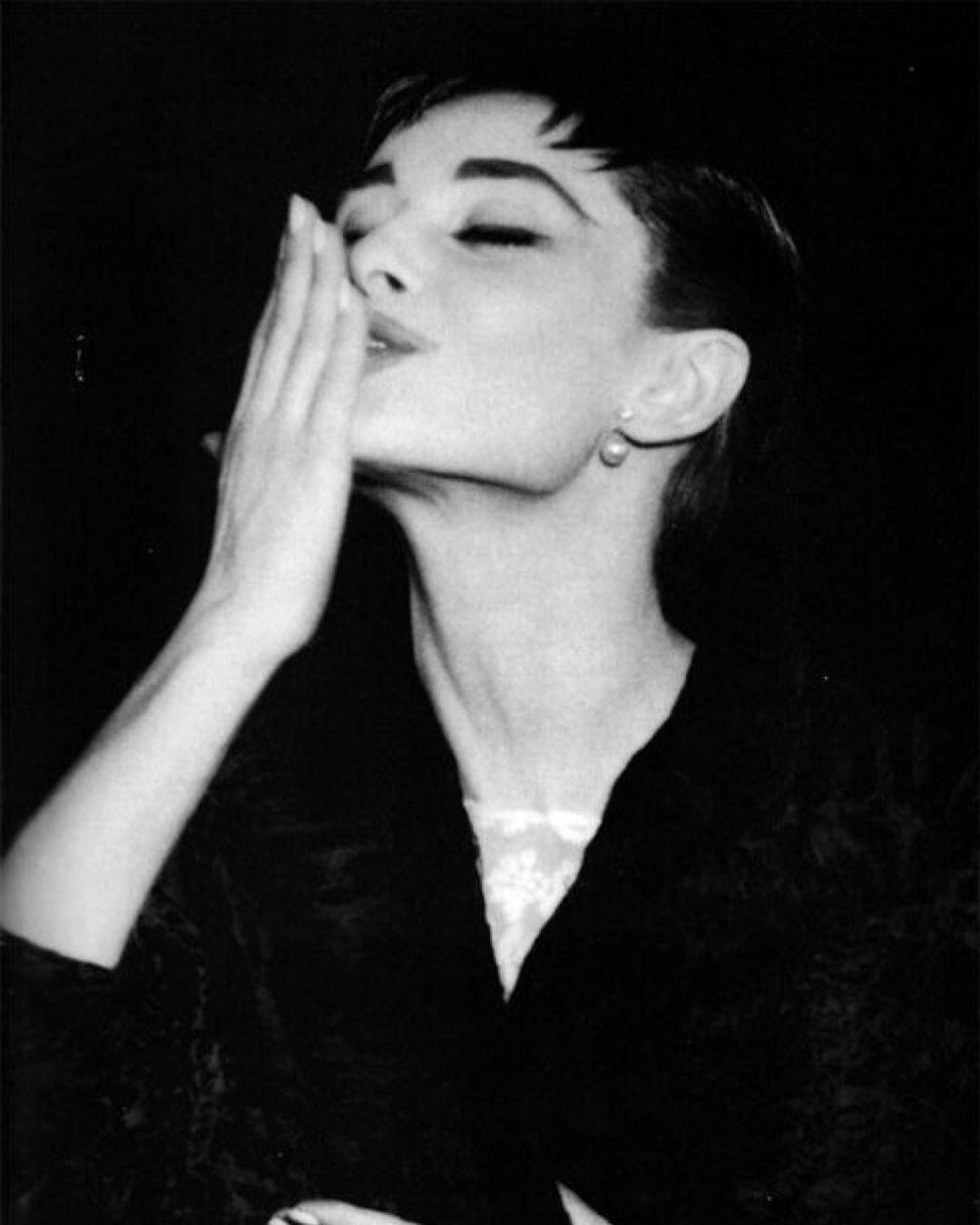
Now that the Intimate Audrey exhibition has begun here in the Philippines, people who’ve never watched her works might be looking for a good place to start. For the unfamiliar, it’s a great time to catch up with the star’s amazing films; and as for the fans, well, it’s never a bad time to re-watch the classics. I, for one, have certainly returned to them for comfort and entertainment multiple times over the past few years.
So without further ado, below are five Hepburn classics to add to your to-watch list—or if you’re like me, rewatch when the mood hits:
Roman Holiday (1953)
Starring in William Wyler’s Roman Holiday is what earned Hepburn her first Oscar win in 1954, and it’s not hard to see why. It’s certainly one of her most recognizable films: after all, who can forget the image of a stylish, pixie-cut Audrey Hepburn riding behind the ever-distinguished Gregory Peck on a Vespa?
For those who are fans of the trope where a member of royalty escapes the rigidity of their regimes to have fun and be a regular person, then this is definitely a must-see. One could say it’s a progenitor of many of today’s romantic comedies with similar premises.
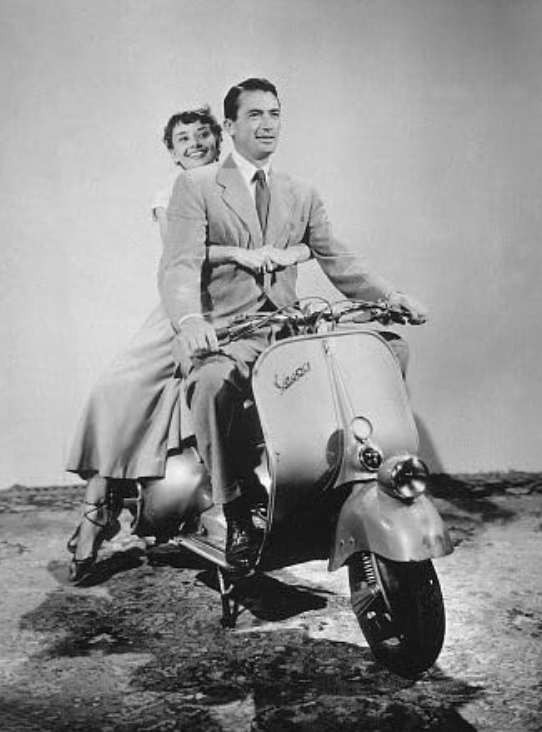
In the film, Hepburn plays a European princess named Ann, who wishes to take a break from the hustle and bustle of her royal duties. During a stop in Rome, Anne escapes her lodgings only to wind up asleep on a park bench due to sedatives her doctor prescribed. It’s here where she meets the charming Joe Bradley (Gregory Peck), an American reporter who finds out about her true identity and plans to use her for his next big story.

However, Joe ends up falling for the plucky yet naive princess as they explore Rome, which complicates his initial plan. The movie is filled with a lot of humor that’s incredibly funny, even in this day and age. Peck and Hepburn share an understated yet charming chemistry that’ll certainly bring a smile to any romantic’s face.

Sabrina (1954)
Sabrina is another go-to classic that manages to balance humor with moments of poignancy. Hepburn plays the titular character in this film by Billy Wilder: a chauffeur’s daughter who’s been pining after her childhood crush, David Larabee, for years. Things wouldn’t be so complicated if David wasn’t a playboy and one of the heirs of the wealthy Larabee family—the employers of Sabrina’s father.
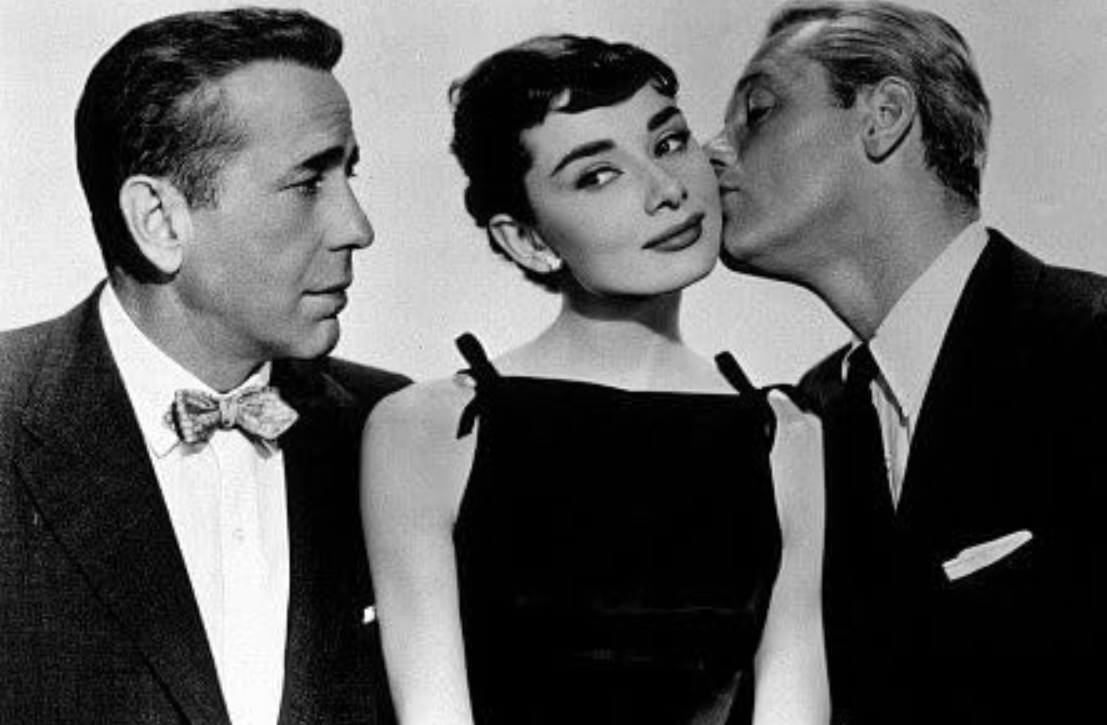
Sabrina Fairchild spends her days as a sad and quiet spectator amid a world of glamor—one just within the Larabee’s expansive property. However, the wise chauffeur sends his daughter to Paris to learn the culinary arts in an attempt to help her get over David. Though initially reluctant, the young woman finds herself enchanted with the French city, and learns to take charge of her own story.

After her studies, she returns to the Larabee property a different woman: incredibly stylish, bold, and unafraid of voicing her thoughts. Her new sense of confidence naturally gains the attention and affection of David, much to the chagrin of the Larabee matriarch and patriarch.
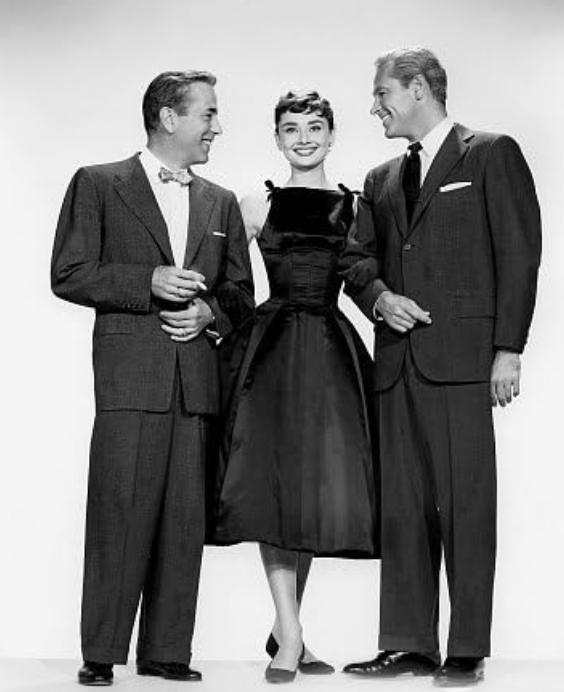
This is where David’s ever-responsible older brother, Linus (Humphrey Bogart), decides to step in and “sabotage” the relationship by wooing Sabrina and convincing her to return to Paris. Unfortunately, despite Linus’ reputation as a no-nonsense businessman, he ends up developing feelings for the young woman—leading to a tricky conflict between duty and heart.
Funny Face (1957)
Stanley Donen’s Funny Face is as much about inward and outward transformation as Sabrina is. In this film, Hepburn plays an unassuming yet intelligent bookstore employee named Jo Stockton. A famous fashion photographer, Dick Avery (Fred Astaire), spots the young woman one day and sees her potential as a model—one that’s as beautiful as she is smart.
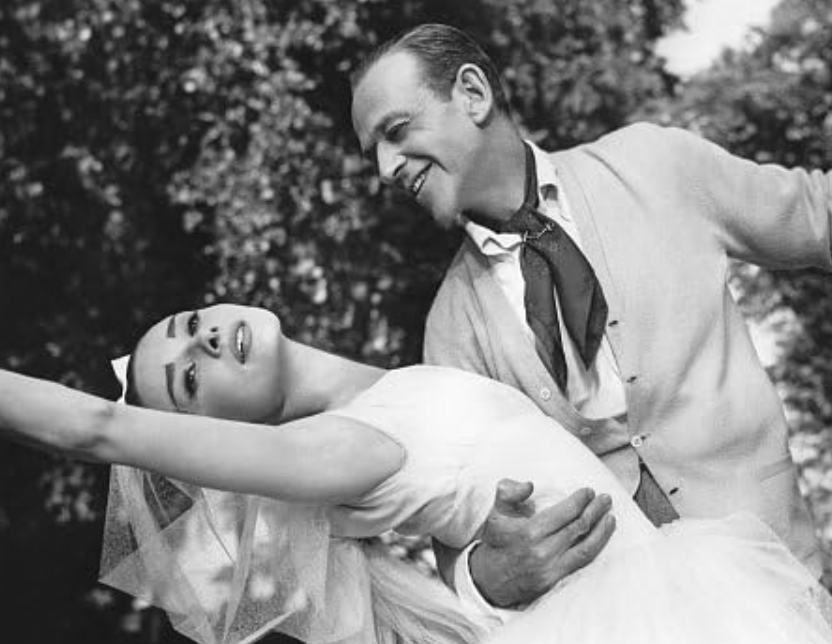
Dick and the members of the fashion magazine he works for try to convince Jo to come to Paris and model. She’s initially hesitant, but eventually agrees for the possibility of attending a philosophical lecture of her idol, Professor Émile Flostre, in Paris.
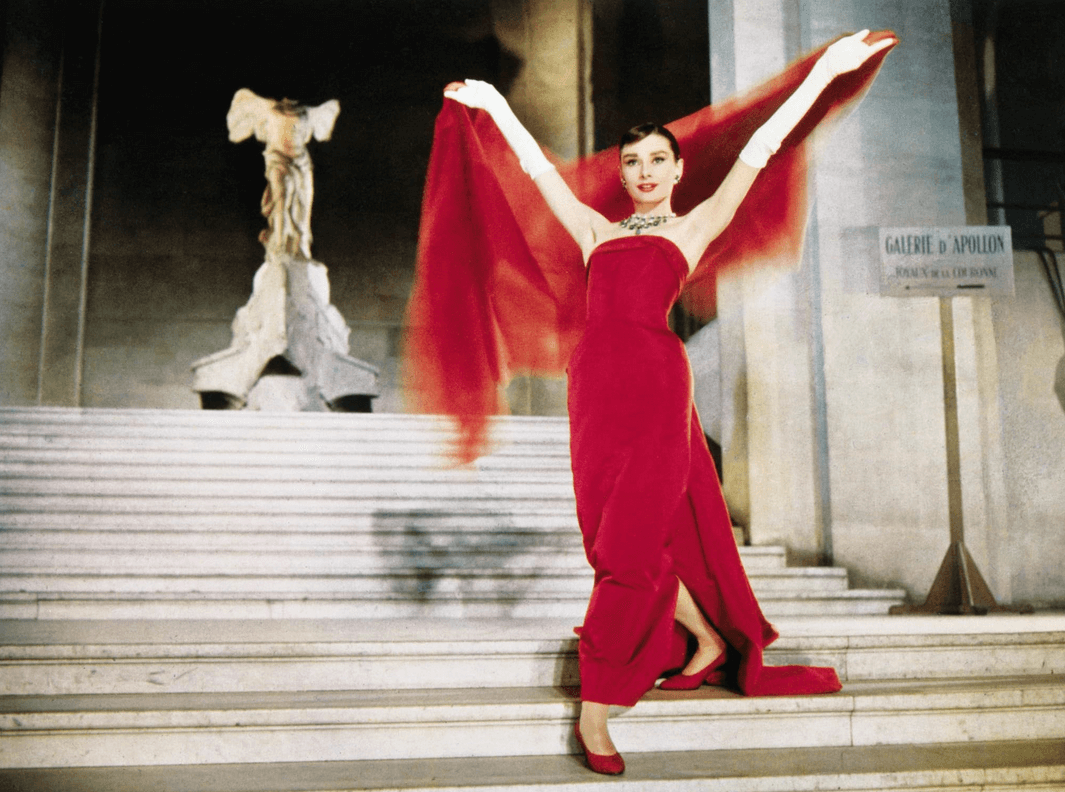
While shooting for the magazine, Jo and Dick develop strong feelings for one another. However, issues arise when matters of personal interest clash, leading to an argument between the two leads. However, like many romantic Hepburn films, this one ends on a giddy note. It’s also sprinkled with sweet song and dance numbers like “Funny Face” and “He Loves and She Loves.”

My Fair Lady (1964)
In terms of memorable music, George Cukor’s 1964 film adaptation of My Fair Lady certainly tops the list. The movie is based on a hit musical of the same name, and is the piece that truly showcased Hepburn’s singing chops.
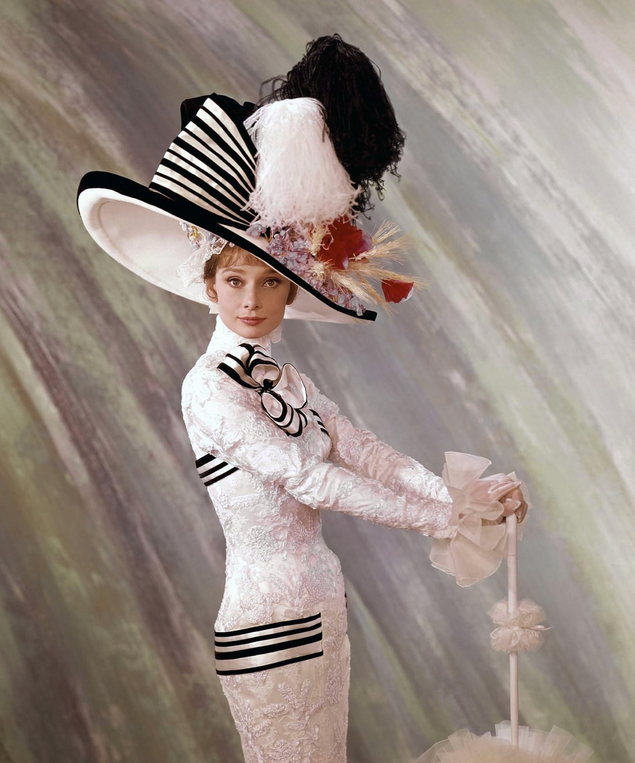
As mentioned, transformation is a common element in many of Hepburn’s most iconic movies, and this one is no exception. Here, the star plays Eliza Doolittle, a flower seller from 1910 London. The lady’s life is changed forever when Henry Higgins (Rex Harrison), a snobbish and elitist phonetics professor, discovers her on the streets. He wagers that he can transform the dowdy and “rough” woman into a “proper lady” whom he can present to the city’s high society.
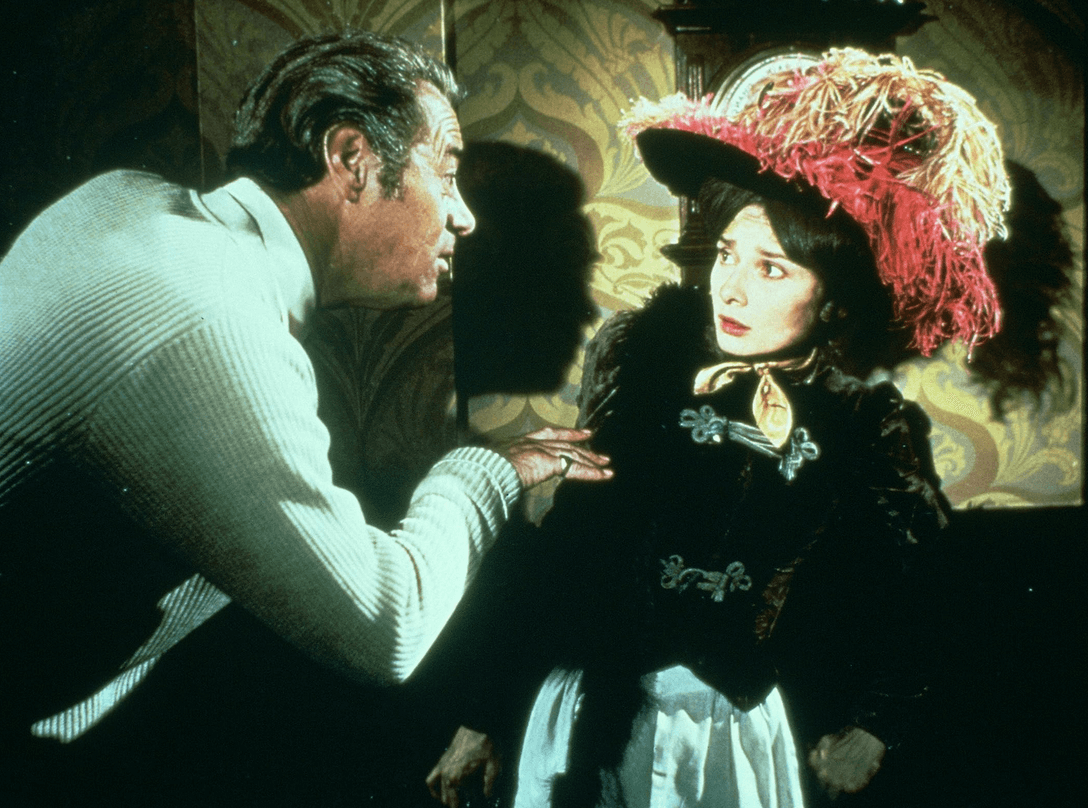
This starts a tumultuous relationship between the professor and his newest “project,” yet Eliza does find herself transformed both in accent and mannerisms. The young lady ends up fooling many society members with her new image. Even Freddy Eynsford-Hill, a young and wealthy gentleman, falls for her charms.
Despite his supposed detachment and frustrations with Eliza, Henry finds himself developing feelings for her, and vice versa. Today, the film is critiqued for its harsh views and dehumanizing treatment of Eliza due to her low status in society. It’s a valid argument, and one that can encourage audiences to view the film and its politics from a meaningful and critical perspective.

Whether or not one loves the story, its craftsmanship and performances are worth checking out. The costumes are incredible and songs like “I Could Have Danced All Night” and “On the Street Where You Live” will surely stick with many viewers for years to come.
Breakfast at Tiffany’s (1961)
Lastly, there’s Breakfast at Tiffany’s, perhaps one of Hepburn’s most visually distinctive films. The actress made fashion history with her stylish outfits by Hubert De Givenchy, including the recognizable black form-fitting dress, long gloves, lavish pearl neckpiece, shades, and of course, cigarette holder.
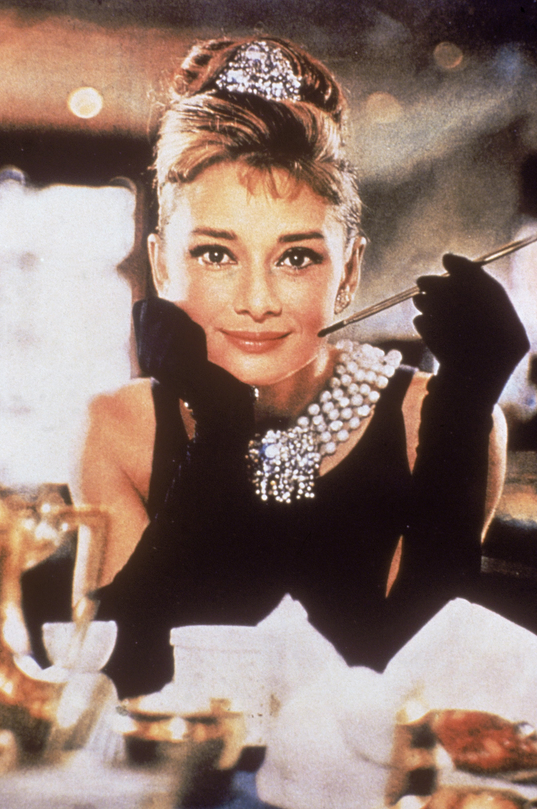
Blake Edwards’ 1961 film is based on a novella of the same name by Truman Capote. In it, Hepburn plays the care-free New York socialite, Holly Golightly. Holly’s evenings are filled with parties and mingling with the rich, a routine that she relishes in.
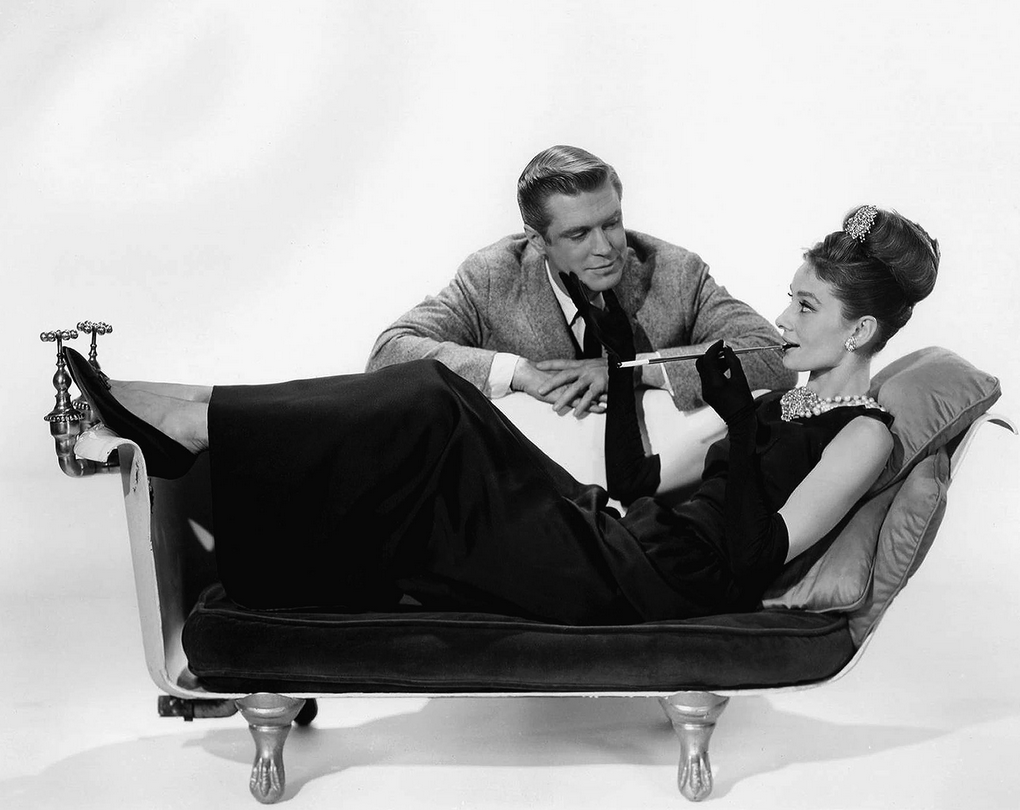
However, a young writer named Paul Varjack (George Peppard) moves into her apartment building, and the two begin developing feelings for each other. Holly urges herself to remain detached as she intends to marry rich—while Paul is in a relationship with an older woman named Emily Eustace Failenson.
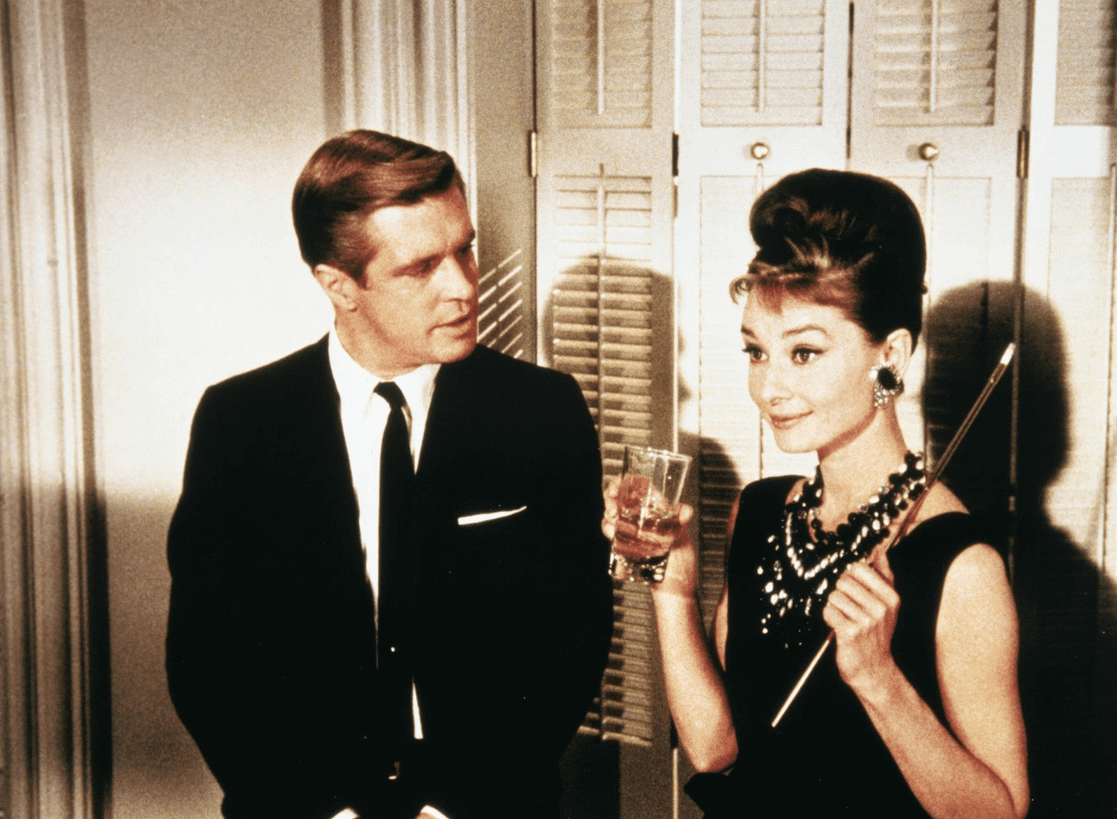
This movie is a classic example of characters not necessarily getting what they want, but rather, what they need. It’s a story about two individuals who—in every sense of the word—are drifting around the city that never sleeps and learning to be vulnerable. This is especially true for Holly, whose enigmatic past prevents her from wanting to open up to anybody. Viewers will never look at cats or rain the same way after watching the film’s touching ending.
Banner photo from IMDb.





